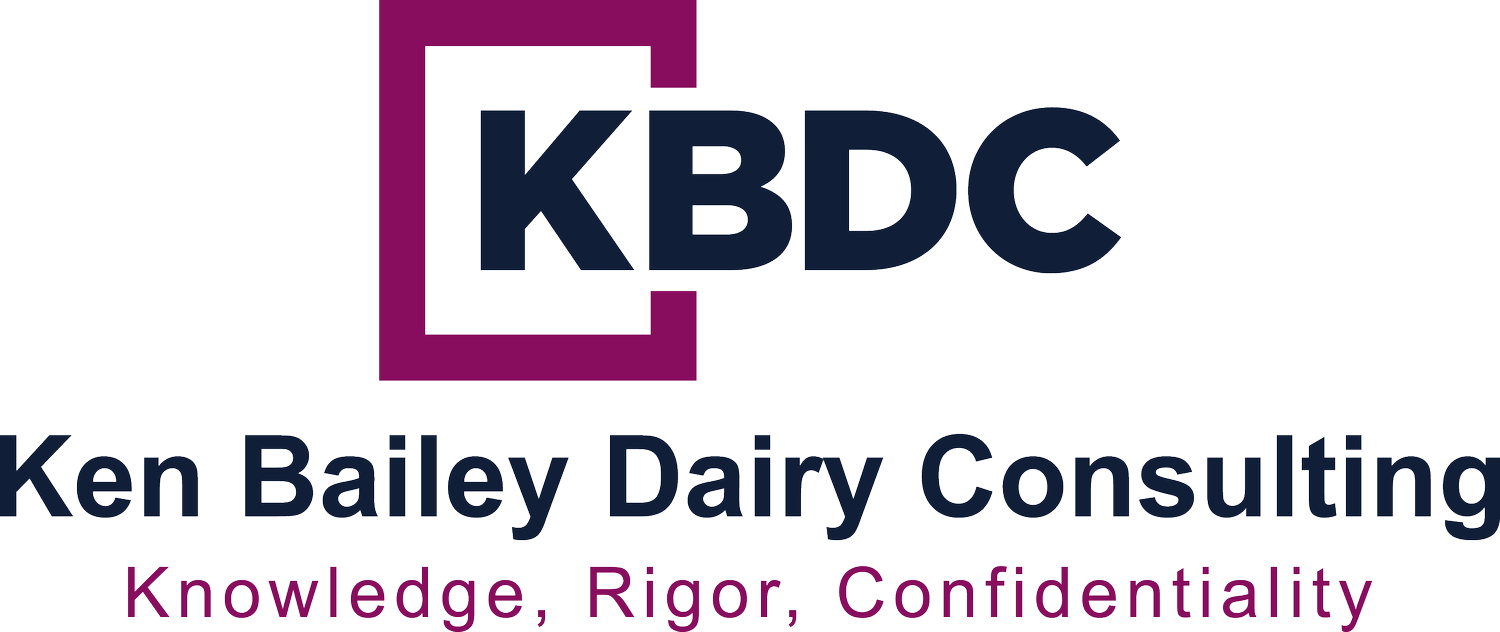risk management - week 2
September 19, 2022
Last week I discussed two important concepts. First, the objective of risk management, which involves offsetting a future physical sale, cost of production, or inventory with a financial instrument. Second, using these financial instruments to create a margin.
Risk managers are often tasked with forecasting future commodity prices. If commodity prices are in the upper 20% of history, and is expected to eventually decline, senior management will likely question the wisdom of hedging 100% of sales with long CME futures contracts. On the other hand, if prices are in the bottom 20% of history and are forecasted to rise, senior management may want more short physical positions to be hedged with long futures. All well and good.
But what if the risk manager is pressured to execute futures contracts because prior to closing, they are expected to be “in the money.” Such action would effectively use the company’s financial resources (margin funds) and knowledge to make or lose money in the financial markets.
Most brokerage companies have two trading desks. One is for “hedging,” and the other is for more speculative activities for select clients. These desks have very different functions and required skill sets. One involves laying off risk, the other taking on and managing risk.
The job of a risk manager is clear: to lay off risk. Any executed contract should have a physical or derivative offset. That way when one goes up, the other goes down. A balance. If you don’t, you are taking on risk and basically gambling. It’s really that simple.
